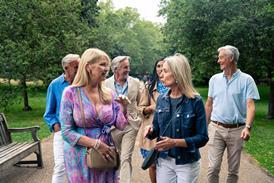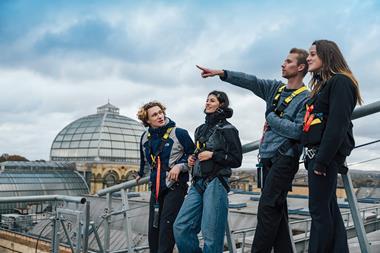
The Commandery in Worcestershire has recently opened a new experience, allowing visitors to understand more about the Battle of Worcester.
Featuring over 800 years of history from the Monastic Painted Chamber to the Medieval Great Hall, the attraction’s new interactive experience brings to life tales of treason, treachery and tragedy of Worcester in the dramatic Battle of Worcester, 1651.
The Commandery, a Grade I listed building in Worcester, once served as the Royalist Battle Headquarters during the final battle of the English Civil War.
Learn about Worcester’s Civil War Story
Worcester’s Civil War Story allows groups to travel back to 1651 when, on the 22nd August, Charles II marched into Worcester at the head of 18,000 men and the Royalist Commander in Chief, the Duke of Hamilton, was billeted at The Commandery.
Visitors can discover significant objects on display from the period, including original Civil War weaponry, and can book a handling session to get more understanding of 17th century combat.
In the atmospheric exhibition, discover the Death Mask of Oliver Cromwell, and through the interactive battle strategy table, learn about the tactics involved.
Groups can book a tour with an expert guide to delve further into the period’s key characters and military strategies.
Visitors can also enjoy Commandery Coffee, a local coffee shop offering artisan coffee, loose leaf teas, and a range of homemade food.
In addition to entry to The Commandery, groups booking in advance can enjoy a short introductory talk about the building and its history, as well as one free adult or concession admission per group of 10 people.
What else is there to do nearby?
As well as being an historic place to discover more about the English Civil War, The Commandery is just a few minutes' walk from Worcester Cathedral.
At the cathedral visitors can climb up to the tower from which Charles II viewed the battlefield, as well as take a walk along the nearby River Severn and visit the Museum of Royal Worcester.
For more information, visit www.worcestershire.gov.uk/museums.












